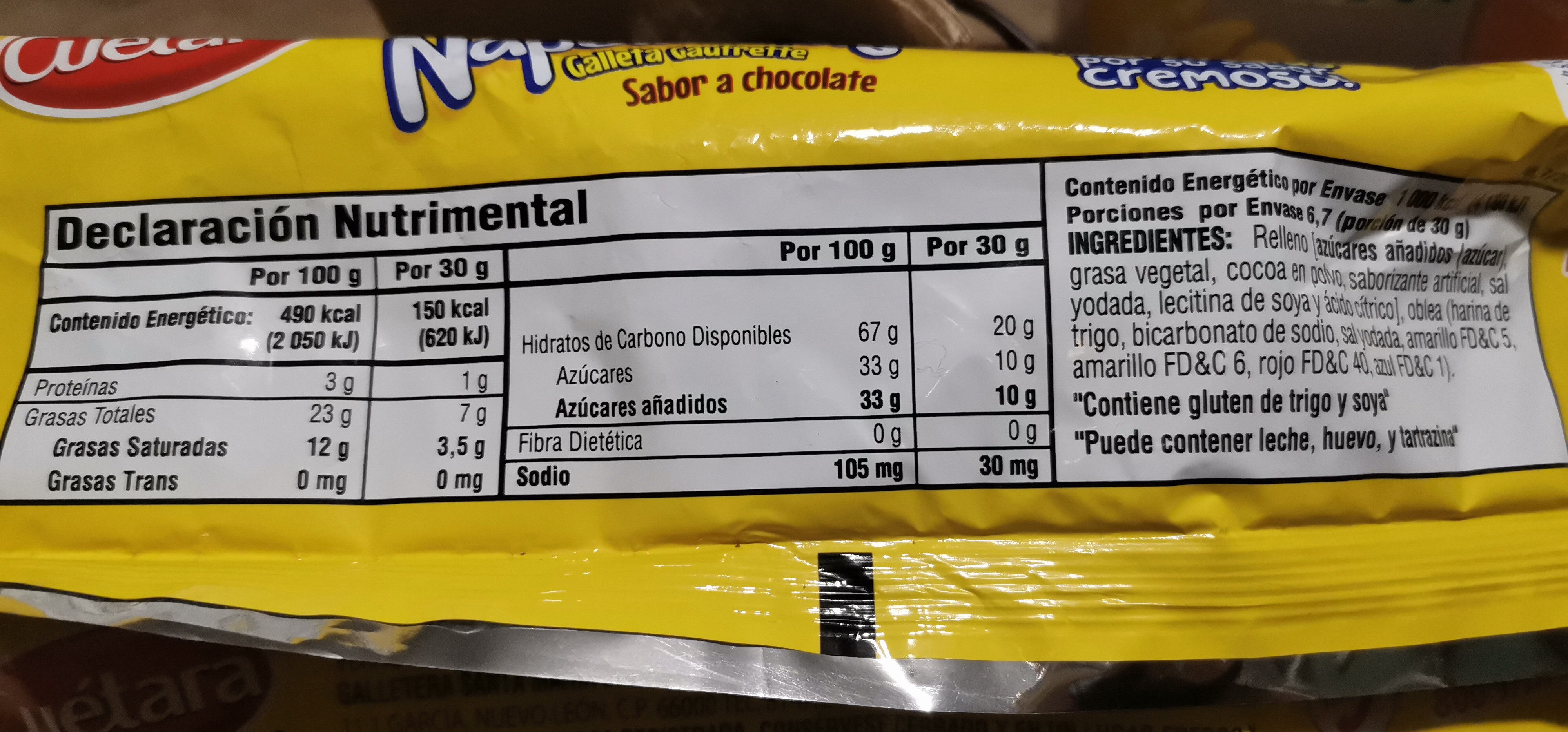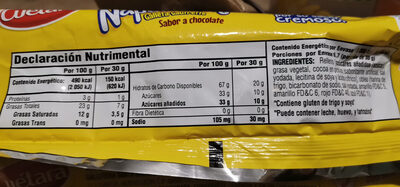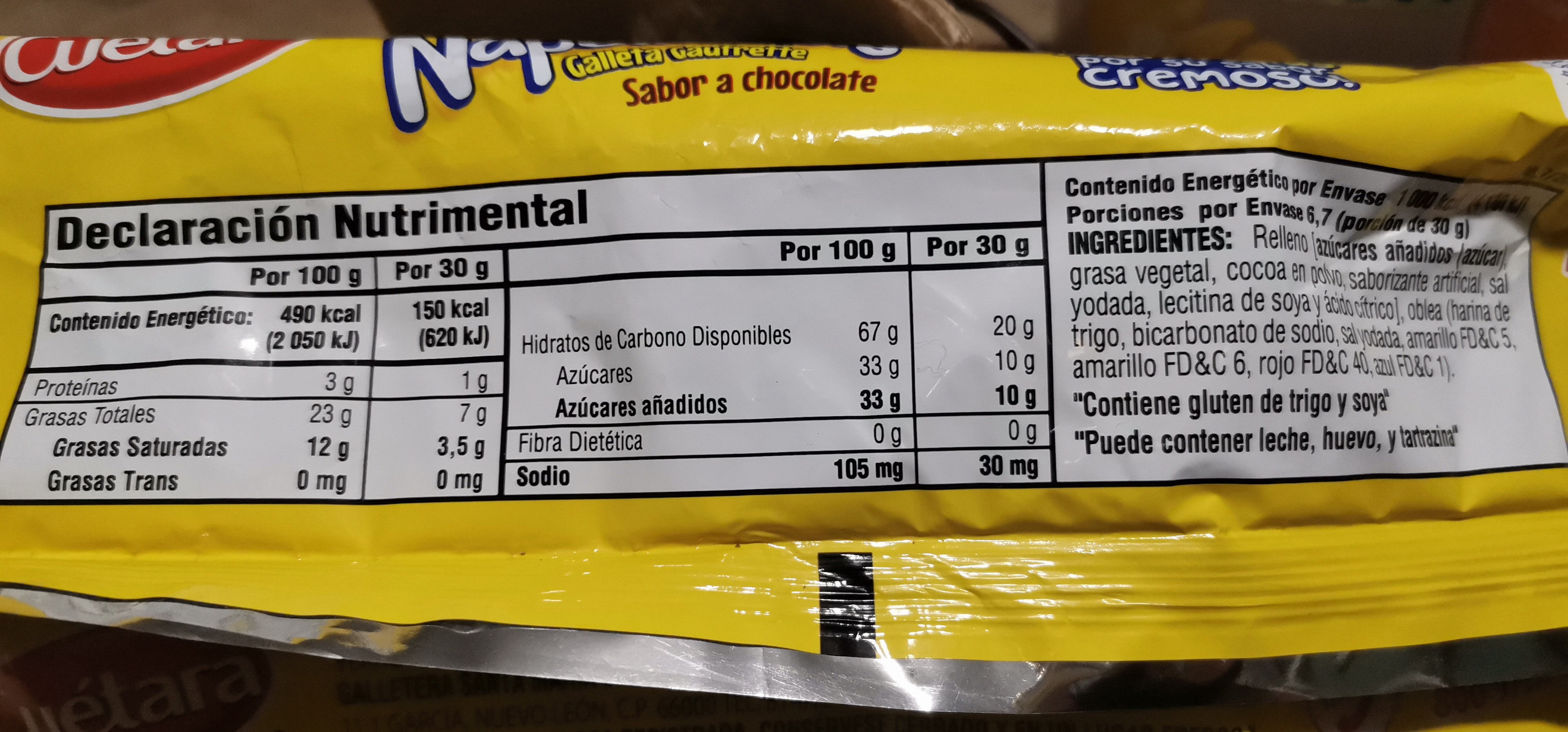galletas gaufrette napolitanas - gcuétaraMx - 200 gr
Aquesta pàgina del producte no està completa. Podeu ajudar a completar-la editant-la i afegint-hi més dades a partir de les fotos ja disponibles, o fent-ne més amb l'aplicació de androide o iPhone / iPad. Gràcies!
×
Codi de barres: 7501008733417 (EAN / EAN-13)
Quantitat: 200 gr
Empaquetament: es:papel
Marques: gcuétaraMx
Categories: Snacks, Aperitius dolços, Galetes i pastissos
Etiquetes, certificacions, premis:
Sistema de Etiquetado Frontal de Alimentos y Bebidas, 3 Sellos
Origen dels ingredients: Mèxic
Llocs de fabricació o processament: México
Botigues: Aurrera
Països on es va vendre: Mèxic
Matching with your preferences
Entorn
Empaquetament
Transport
Report a problem
Fonts de dades
Producte afegit per veganeamos
Última modificació de la pàgina del producte per roboto-app.
La pàgina del producte, també editada per acuario, openfoodfacts-contributors, rubi-arroyo.










